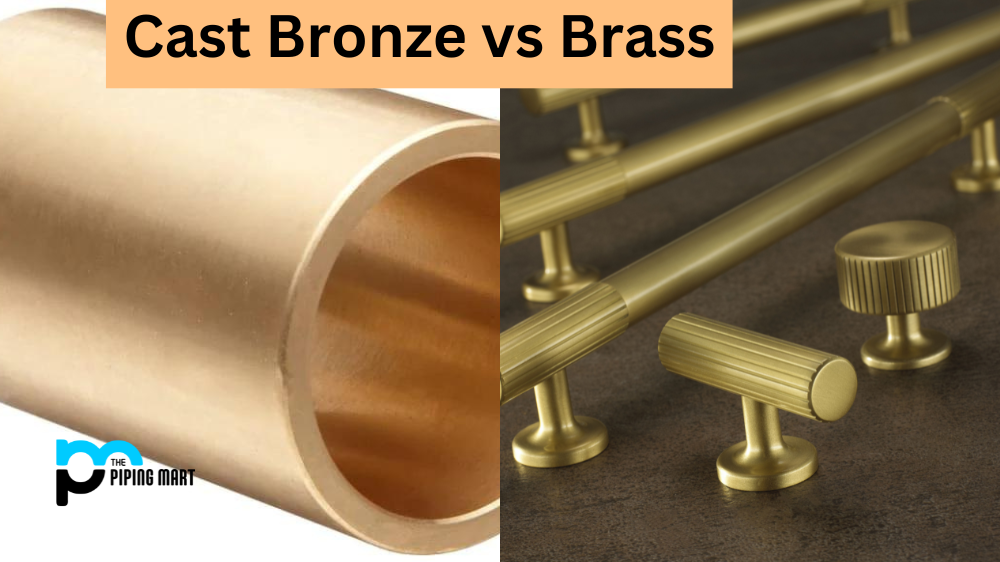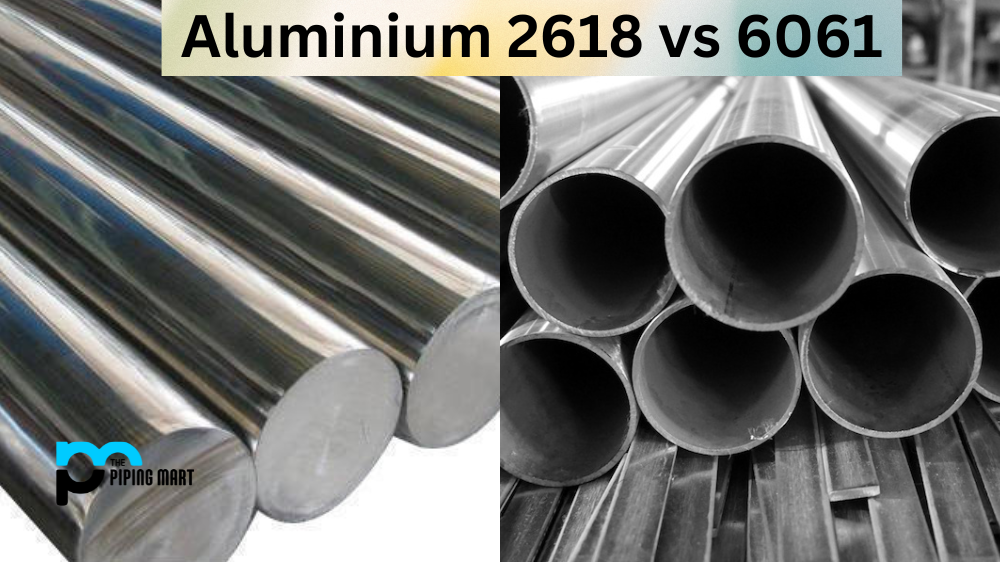You have various options when choosing a heating element for your appliances or industrial processes. However, two of the most popular materials used for heating elements are incoloy 800 and copper. Both materials have pros and cons, and choosing the right one can significantly affect efficiency, cost, and longevity. This blog post will discuss the differences between incoloy 800 and copper heating elements and help you determine which is better for your needs.
Difference Between Incoloy 800 and Copper Heating Element
Material properties
Incoloy 800 is a nickel and chromium alloy highly resistant to oxidation, corrosion, and high temperatures. It’s a popular choice for high-temperature applications where resistance to stress corrosion cracking is essential, such as in chemical and petrochemical processing equipment, power plants, and heat treatment furnaces. On the other hand, copper is a good conductor of heat and electricity and has excellent ductility and thermal conductivity. It’s commonly used in electrical wiring, plumbing, and heat exchangers.
Efficiency and Power Consumption
Incoloy 800 has a higher resistivity than copper, which means it has a higher electrical resistance and requires more power to generate the same amount of heat. However, this also means it can be used at higher temperatures without damage, making it more energy-efficient in high-temperature applications. Copper has a lower resistivity, requiring less power to generate heat but is less efficient than incoloy 800 at higher temperatures.
Cost
Copper is less expensive than incoloy 800 in terms of material cost, but it’s not always the most cost-effective choice for heating elements. In high-temperature applications, copper can corrode and oxidize, resulting in shorter lifespans and more frequent replacement costs. Incoloy 800, while more expensive upfront, has a longer lifespan than copper and requires less frequent replacement, resulting in long-term cost savings.
Maintenance and Durability
Incoloy 800 is highly durable and can withstand extreme conditions without damage. It also requires little maintenance, making it a low-maintenance choice for industrial and commercial applications. Copper requires more maintenance, as it is prone to corrosion and oxidation over time, which can reduce its efficiency and lifespan. Proper maintenance includes regular cleaning and inspection to prevent corrosion and oxidation.
Environmental impact: Incoloy 800 is a recyclable material, and its long lifespan means fewer replacements and less waste. Copper is also recyclable, but it can release harmful chemicals when it corrodes, which can have negative environmental impacts if not disposed of properly.
Conclusion
In conclusion, incoloy 800 and copper heating elements have pros and cons, and choosing the right material depends on your specific needs and requirements. If you need a heating element for high-temperature applications that require excellent resistance to corrosion and oxidation, incoloy 800 is the better choice. However, copper is better if you need a heating element for lower-temperature applications requiring excellent thermal conductivity and flexibility. Cost and environmental impact are also factors to consider when choosing a heating element, as incoloy 800 has a higher upfront cost but a longer lifespan and lower maintenance requirements. In comparison, copper has a lower material cost but requires frequent replacements and maintenance. Ultimately, consulting with a heating element manufacturer or expert can help you determine the best option for your specific needs and ensure optimal performance and efficiency in your processes.
Rachana is a dedicated and ambitious young woman who has made a name for herself in the metal industry. From her earliest days in the industry, Rachana showed a natural talent for problem-solving and a keen eye for detail. In her free time, She enjoys reading up on the latest advancements in the industry, as well as exploring new ways to innovate and improve upon existing processes.




